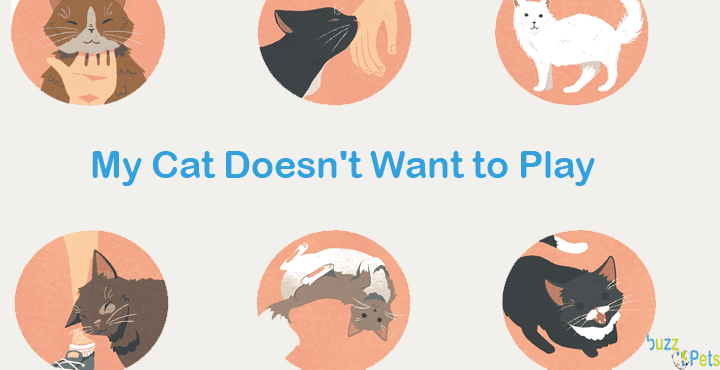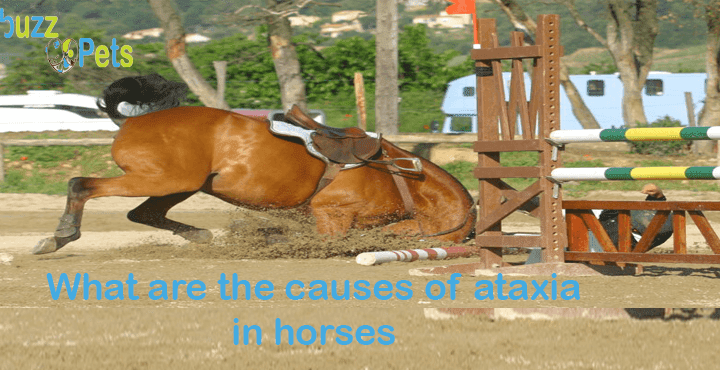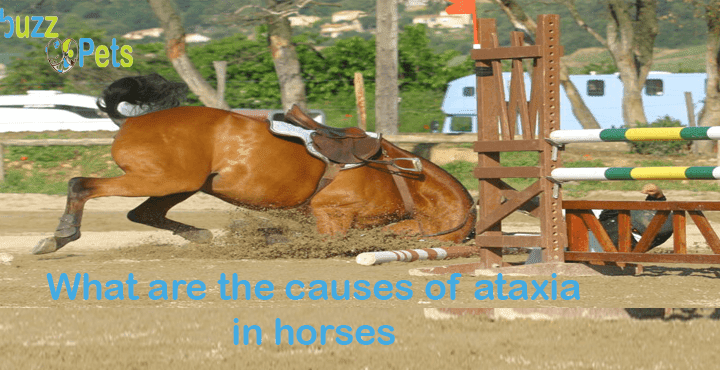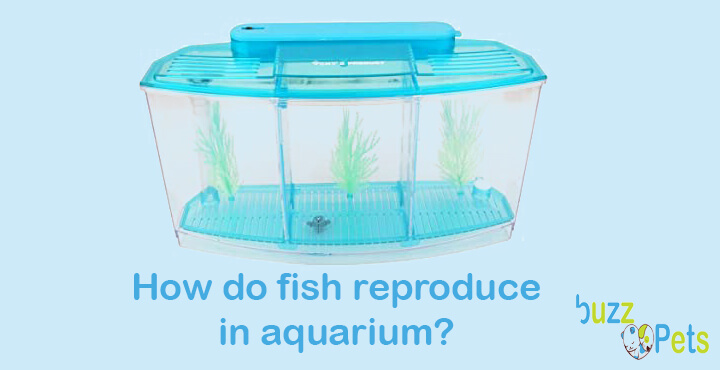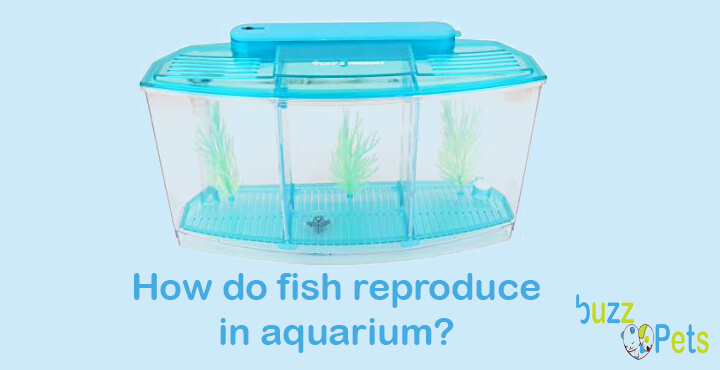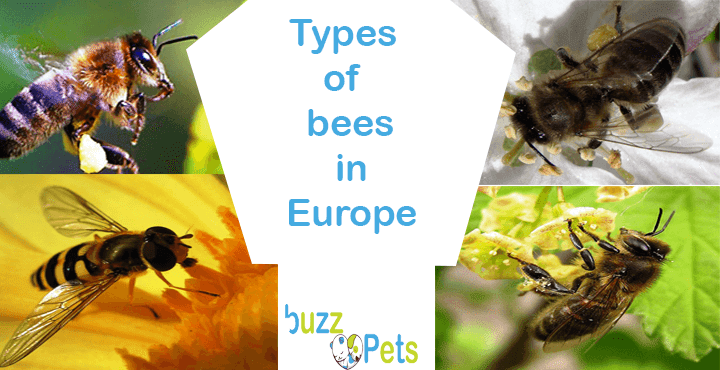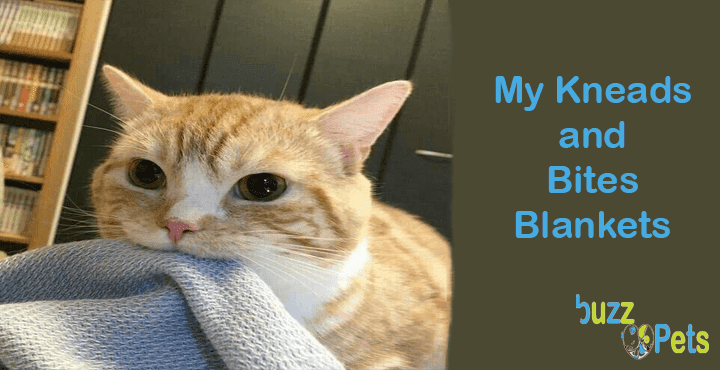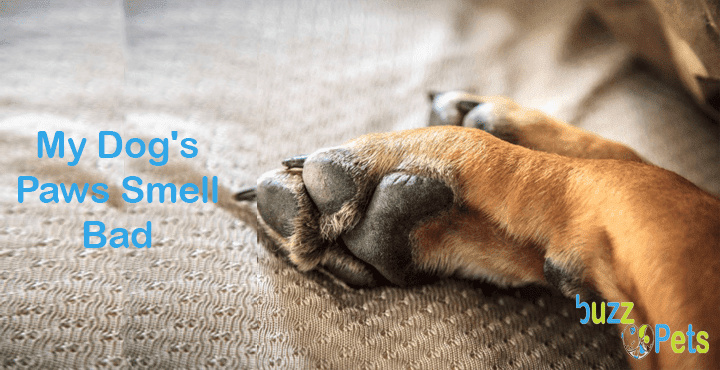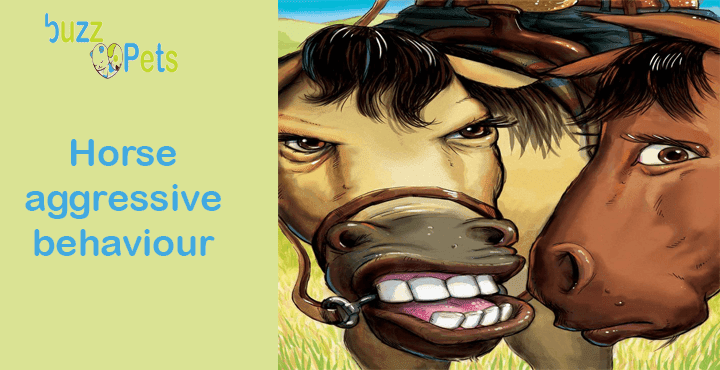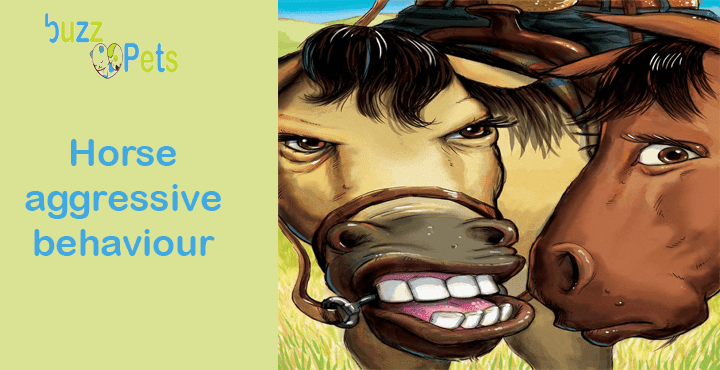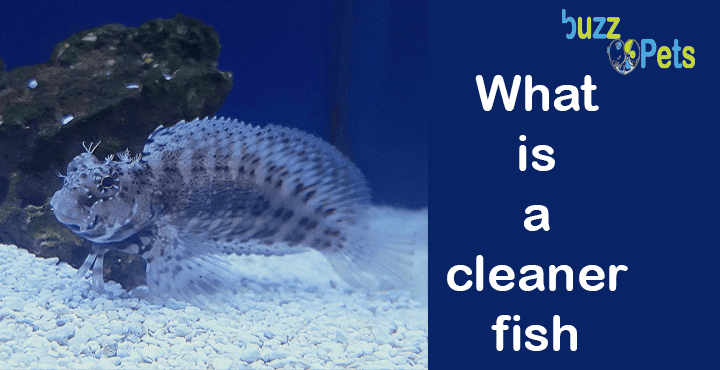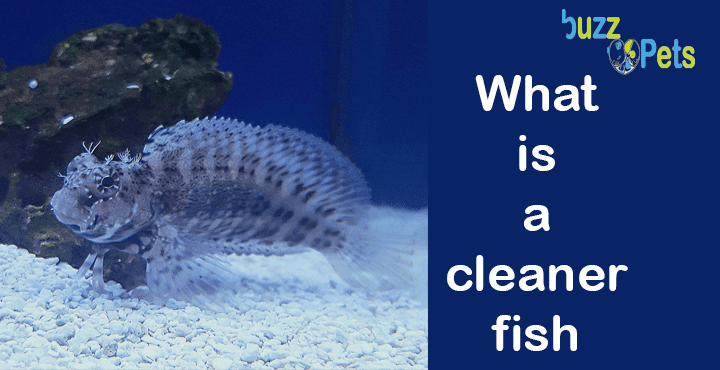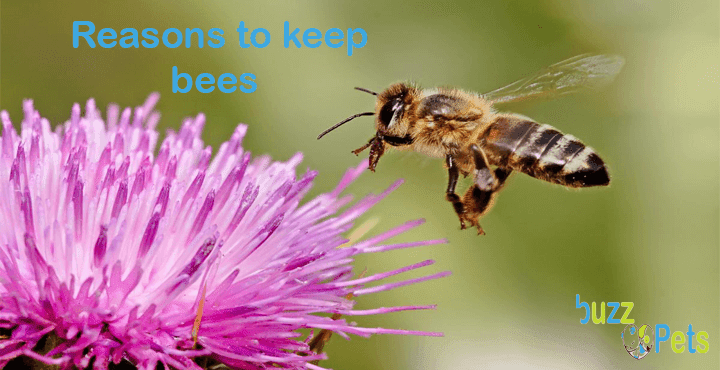1. They have matured
They have matured cats change their character as they develop from adolescence if your kitten stops playing at the onset of their adulthood you probably shouldn’t panic while a cat shouldn’t stop playing completely they can reduce their desire to play considerably this is even more so if the cat has grown into old age.
2. They had a bad experience
They had a bad experience a refusal to play with you can be due to a negative or traumatic experience they associate with you have they stopped playing in general or has it only happened with you there are many situations where this can happen without us even noticing for example you may rough house with them and think they enjoy it but actually they have become intimidated or even feel like they are being punished if you rile your cat up they can even become angry and it’s understandable they don’t enjoy being near you they may also have become frightened by a large noise or hurt by something in your presence.
3. they get frustrated or bored when playing
They get frustrated or bored when playing it can often be the case that we are not playing with our cat in an appropriate way resulting in frustration playtime has a beginning and end but some people when playing with their cats overlook this fact it is often the case when they use toys for the cat to chase but never let them catch up to it when you play with your cat in this way they can generate a negative mood and become fed up this happens especially with laser pointers as they will never actually be able to catch them which is why they’re inappropriate for playing with cats ensure you play with your cat in a positive way to encourage exercise and give them a sense of accomplishment this way you will work with their natural behavior lastly it’s important to get to know their personal likes and dislikes
when it comes to playing in this article we provide diy toys you can make to encourage suitable play
4. They are not always predisposed to play
They are not always predisposed to play cats are sensitive animals which generally don’t like excess for this reason you must be understanding and avoid being rough especially if the cat looks like they are resting and not receptive to play at these times they are likely to want to be on their own if you keep bothering them like this they can get fed up with you and avoid your company
5. They are not feeling well
They are not feeling well if you have observed a sudden change in your cat’s character with no apparent explanation you should suspect the possibility they are ill certain pathologies and injuries can mean they are unable to play you should take them to a vet for diagnosis
6. They have not yet adapted
They have not yet adapted if your cat has recently been adopted into the family it’s normal they are not yet completely confident in their environment including you they will still need time to adapt since they may see your home as an intimidating and even hostile place we can use a pheromone diffuser to help them be can with you we provide more tips and information in this article about how long it takes for a cat to adapt to a new home.
7. They are disturbed by change
They are disturbed by change since cats are sensitive animals they are very susceptible to changes around them and in their family group by nature they need to keep an eye on their surroundings to feel secure it’s not strange then that a significant change in their environment can affect their behavior even halting the desire to play for example moving home bringing in a new cat or even barely noticeable changes such as strange noises or changes in the cat’s
food can bear these results these changes can make them insecure or depressed so we need to reassure them through positive reinforcement that the new situation won’t cause them harm.
What are the causes of ataxia in horses
The most frequently cited is Wobbler’s syndrome, linked to a malformation of the neck, but it is far from the only one.
They are linked to compression of the spinal cord in the cervical region of the horse.
In fact, ataxia is a symptom of neurological damage generally localized in the cervical region.
The nerve signal does not pass well between the brain, which sends the command, and the limbs, which perform the movement. This incoordination results from it.
Thus, it can range from a transient compression, with symptoms that appear only at the level of the neckline, in certain positions (usually head up), and which disappear when the neckline is low; intense, very painful compression associated with paralysis of the limbs. All intermediate stages are possible.
Among the mechanical causes we find:
Wobbler’s syndrome
It is an instability of the cervical vertebrae, usually related to a malformation. This instability causes a reduction in the diameter of the vertebral canal and therefore compression of the spinal cord.
They are usually exacerbated when the horse’s head is raised. Depending on the severity of the condition, the ataxia may worsen with growth or stabilize. In the absence of treatment, the sporting prognosis is poor, and the vital prognosis depends on the severity of the symptoms. The diagnosis is confirmed on an x-ray, by measuring the spinal canal, which can be quite tricky.
Cervical fractures
Symptoms will usually be sudden onset and following trauma, which guides the diagnosis.
However, in the event of a horse found lying down, this is not necessarily obvious. X-rays of the neck will confirm a suspected fracture.
Cervical osteoarthritis
The symptoms will be similar to those of Wobbler’s syndrome but will generally affect older horses. Contrary to what one might think, they can be sudden onset, due to a wrong move or unusual exertion.
Following a trauma to the neck, you may have a hematoma near the neck, causing signs of ataxia. It can also happen as a result of a bad reaction to an intramuscular injection, causing inflammation or abscess of the neck.
2. Biological causes
Here we find viruses attacking the nervous system.
The disease usually starts with a mild form of ataxia that worsens, associated with a spike in fever that may go unnoticed. Within 48 to 72 hours, the horse is usually lying down and unable to get up.
The second virus present in France and causing this type of symptoms is that of West-Nile.
Transmitted by mosquito bites, this virus is mainly present in the south, especially in the Camargue.
The first signs: weakness and peak fever, usually go unnoticed, but a few days later, neurological signs may appear. It can be ataxia, but it can also be tremors or behavioral disturbances. The course may be favorable in 3 to 4 weeks or the horse may degrade to paralysis, coma and death.
Bacterial neurological damage more often affects the brain (meningitis) than the spinal cord, so ataxia is rarely the main sign. On the other hand, there is protozoan encephalomyelitis (assimilated to a parasite but very similar to a bacterium), in the United States, which causes ataxia.
Horse poisoning
Many poisonings can cause neurological symptoms, including ataxia, however, they are generally associated with other symptoms (colic, diarrhea, etc.).
Among the most frequent causes, we find poisoning with Robinia False Acacia, Seneçon, and sometimes certain pesticides or insecticides.
How do fish reproduce in aquarium?
Fish fall into two main categories:
– oviparous: they lay eggs. They are by far the most numerous.
– the viviparous: the incubation of the eggs takes place in the maternal pouch and the young are born fully formed. The most famous examples are guppy, platy, molly.The reproduction of fish in temperate zones is largely dependent on the seasons: goldfish thus typically reproduce in tanks with the onset of spring, when temperatures warm up and food becomes more abundant.
For fish in tropical areas, many factors can trigger spawning: rain or warming temperatures, the influence of light (many fish reproduce in the evening or in the early morning) are all possible stimuli. .
Diet also plays an important role in triggering reproduction: well-nourished fish will naturally have a better chance of having a lot of eggs and better offspring.
After a more or less spectacular and even sometimes almost violent courtship, the eggs of the oviparous species are expelled by the female and quickly fertilized by the male.Some fish, for example cichlids, provide parental control (sometimes the female, sometimes the male, sometimes both) to ensure that
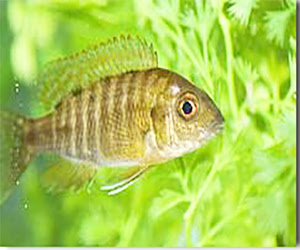
the eggs and then the fry do not end up devoured by predators or that the eggs are not attacked by fungi (by systematically removing non-viable eggs and ventilating them with their pectoral fins); but other species, generally very prolific, do not take care of their offspring at all: it is a good bet as far as they are concerned because the eggs are so numerous that some will end up doing well and the females can then afford to chain more quickly.
In the aquarium, however, a number of problems or obstacles can appear.
First of all, the fish which take care of their eggs and sometimes even the fry must have a sufficient feeling of security: this can for example consist of a fitted out hiding place where the eggs will be deposited and which the fish will guard against any intruder; this also requires the appropriation of a sufficient territory. Otherwise the fish will abandon or even devour their own eggs by simply “estimating” that their offspring will have no chance of surviving and, for lack of better, by offering themselves at least a menu very rich in proteins. Sometimes juveniles can also end up being devoured when they have this time reached a certain size (this is not uncommon in cichlids): the simplest explanation is that, due to lack of sufficient space in the aquarium, the young have not been able to sufficiently distance themselves from the parents who now see them either as a threat to the next generation or as competitors – the only solution is therefore to remove the young.
For fish that do not take care of their offspring, the equation is quite simple: is the aquarium large enough and does it have enough caches (decor, plants) so that part of the eggs and little ones escape adult fish, including mom and dad? If this is not the case, a properly hygienic breeding tank should be used.
Types of bees in Europe
German bees (brown)
found in central Europe, southern France and the UK, are sometimes considered Italian bees, common in northern Italy. They are a bit lighter than Dutch bees. Black bars of German bees are fringed with yellow fluff on the abdominal segments, making them brown. In the south of France, German bees are ubiquitous, they are easy to endure the smoke, they do not flow and do not randomly gather on the frame, as the Dutch bees do in America. German bees are hardy and disease resistant. While American black bees suffer from European foulbrood, true French bees are as resistant to the disease as American (Italian) bees. Cowan, Simmins and a few other most influential British beekeepers prefer Italian bees over English brunettes. However, Italian bees are not that common in the UK, as in America. There are several other varieties of black bees, which are considered better than the Dutch or German brown bees. Among them we can call the bees of Krajina, Caucasus and Banat. These bees were imported to various countries, including America. It should be noted that the bee of Krajina, Caucasus and Banat is more peaceful than any type of black bee, it gives the same flow of honey as black bees and in many ways they are comparable to Italian bees.
My Kneads and Bites Blankets
pica syndrome is a condition whereby the cat bites or eats inedible materials cats usually favors certain materials such as cardboard
paper plastic bags and fabrics especially wool and cotton the breeds most predisposed to this behaviour are asian breeds such as the siamese or burmese cat there are insufficient studies to determine the exact cause of this problem the most likely reason is that this habit relieves stress and promotes a sense of well-being in the cat the stress and anxiety can be caused by different influences especially boredom or a sudden change in their environment such as moving home or the arrival of a new family member unfortunately there is no 100 effective solution to this problem however there are some guidelines you can follow firstly take the cat to a veterinarian if they eat foreign objects although it is not common it’s possible they are suffering a nutritional deficiency and the vet will test to rule out this possibility we should also hide fabrics which the cat tries to eat
also close the bedroom door when you’re not at home and limit access to these materials finally encourage the cat to exercise the more they are entertained the less likely they are to suckle in blankets in severe cases of pica psychoactive medication may be administered
2. Stress and anxiety
Stress and anxiety the cat may not be trying to eat the material but simply needs or licks lightly in the blanket as a way to relax cats need objects and even ourselves as a way to reduce stress it’s related to their behavior as a kitten when they would do the same to their mother’s breasts to stimulate milk production and provide them with a sense of tranquility with domestic cats even when they enter adulthood they can continue this behavior to make themselves calm
they especially do it with people to whom they form strong bonds they also do it before they rest and to mark territory if your cat needs but isn’t trying to ingest the blanket you need to find out whether they are stressed or simply trying to relax if it is the former you will need to determine the cause of their anxiety and treat it discover the five reasons why cats need in general .
3. Premature weaning
premature weaning when a kitten is separated from their mother prematurely they often develop behaviors such as biting and needing materials to calm themselves until they fall asleep over time this usually goes away but the kneading can be totally normal to continue throughout life however it can become an obsession and develop the aforementioned pica syndrome on the other hand kittens that have not been weaned prematurely can also develop this behavior
in these cases they can do it to make their bed more accommodating or because they feel lonely or bored if you think it is due to the latter offer them a variety of toys to prevent them from turning this behavior into a way to relieve stress sexual behavior when a cat is reaching
4. Sexual maturity
sexual maturity it is totally normal for them to start exploring and engaging in strange behaviors it is important to sterilize the animal when the veterinarian recommends to avoid unwanted pregnancies so they don’t try to escape and to avoid certain health problems here we share a video about why neutering cats is so important for both males and females non-neutered cats or cats neutered when adult can also show this behavior if you notice a female cat harms a blanket they could be in heat for non-castrated males they may do the
same to relieve frustration or receive pleasure even castrated males can continue this behavior if it is done so late in their development humping blankets can also be a consequence of stress this behavior being an important release for the animal because their sexual instinct is causing significant frustration as you can see there can be several reasons for thisbehavior therefore it is essential to carefully observe the animal to find out what might be happening and visit a veterinarian specialised in anthology find out more about the behavior of cats.
My Dog’s Paws Smell Bad
what are our dogs paw pads like although some caregivers wonder why a dog’s paws smell bad the truth is that their natural odor is quite strong and particular it doesn’t mean there’s something wrong in fact it is when the smell is not there a problem often arises their paw pads have characteristics that make them smell differently to the rest of their body this is because they have important functions we may not be aware of the paw pads are the points of support for a dog and are formed from a thick layer of keratin a protein also used to create nails and hair under this layer is a layer of fat and elastic tissue which feels soft to the touch this allows the impact of the dog’s steps to be cushioned when walking running or jumping distributing their weight in a balanced way the structure of these paw pads also makes it easier for them to walk over hard terrain or ground that is very hot
or cold despite this they have many nerve endings which also make them sensitive the reason why they don’t often enjoy them being touched and why injuries can be very painful they have many blood vessels so they can also bleed easily.
2. Why do dog paws smell bad ?
why do dog paws smell bad the special smell of dog’s paws is the result of sweat microorganisms making up the normal microbiota in that area and everything the animal steps on mixing together this explains why a dog’s paws smell bad it’s a normal smell and does not indicate the existence of any disease but it is necessary to watch that this smell doesn’t change.
3. Recommendations for caring for dog paw pads ?
recommendations for caring for dog paw pads paw pats undergo modifications over time as they wear out lose elasticity dry out and even crack you only have to compare the paw pads of a puppy with those of an adult dog to tell the difference throughout the dog’s life checking the pad should be carried out on a regular basis this allows us to detect damage and prevent problems such as removing parasites keep in mind that being in permanent contact with the ground makes them very vulnerable the pads can be protected with specific products such as moisturizers applied in time these help prevent the formation of annoying cracks which in addition to causing pain promote infection you can also trim the hairs in the paw area if they get too long discover how to trim a dog’s paws if the dog has an injury or must walk over harsh terrain we also have the option of giving them dog shoes in general we should avoid letting them
walk in this type of terrain or in ground that is too hot or cold.
4. When is it not normal for a dog’s police to smell bad ?
when is it not normal for a dog’s police to smell bad sometimes we can notice a different smell than usual if we look closely it’s normal that we see signs that something’s wrong this could include a wound or abrasion the dog licking this area compulsively inflammation pain or lameness have you ever wondered why your dog lifts their paws to you in this video we explain everything about this canine behavior in this case it’s best to go to the vet to obtain a diagnosis and corresponding treatment the most common causes are burns abrasions wounds or embedding of a foreign body given its permanent contact with the ground these are fairly common paw
problems if you find a stone or piece of glass you could try removing it at home with tweezers but don’t force it if you don’t see it clearly go to the vet also if you’ve managed to remove it but
there is a deep wound or it does not stop bleeding visiting the clinic is recommended if you want to continue learning about dog care.
Why Do DogsHide Their Food
eyebrows when our dog does it we should know there are legitimate reasons why they hide their food in this video animalwise explains what they are.1. To protect their food from others
To protect their food from others this often happens with dogs who live with other dogs or animals whether due to a lack of supervision or because they are not satiated by their own diet dogs may steal each other’s food we may also find the dogs eat too quickly as a means to get food before it is stolen something which is detrimental to their long-term health.
2. It is special food
it is special food your dog might not hide their kibble but they may take treats or bones to a hiding spot so they can eat it later in this case it is special to them they want to enjoy it properly.
3. Their environment is unsuitable
Their environment is unsuitable if there is something in a dog’s environment making them uncomfortable or simply insufficient for their needs a dog might take their food somewhere else to eat for example when a dog’s food bowlers play a summer with heavy foot traffic or somewhere loud it is understandable they might not want to eat there it is quite common for the dog to take food to their bed in these circumstances not all dogs want to eat alone nor do we all want to eat together it’s important we understand the individual needs of each dog in our care.
4. They don’t have enough energy
They don’t have enough energy if the dog is not getting enough food throughout the day they can drop in energy levels and get hungry by saving food they may be trying to ensure they have enough food when they need it reassessing their daily food requirements will be necessary.
5. Negative past experiences
negative past experiences dogs abused and neglected in the past can feel very insecure about their food hiding it is a habit they developed as a means of survival and it could be a hard habit to break.
6. Play behavior or boredom
behavior or boredom finally your dog may hide or berry food as they find it entertaining also if your dog spends a lot of time alone or does not do enough activity throughout the day they may become bored and hide food to alleviate the boredom to prevent boredom in general check out this article to discover five ideas to entertain your dog at home.
7. Should i be concerned if my dog is hiding food
Should i be concerned if my dog is hiding food generally if your dog hides or buries their food in a timely manner you shouldn’t be alarmed however you might want to find the food later and remove it in case it’s rotten however as we can see some reasons a dog hides food can be a cause for alarm whether they are afraid it will be stolen they have had past trauma influencing their current behavior or they don’t have the right diet we need to determine the case if you think your dog needs some help in this area we provide some appropriate guidelines.
8. Separate the animals at
Separate the animals at meal time if one dog tries to steal another’s food from their bowl we should separate them at meal times this way you can best ensure each dog is receiving the right level of nutrition
9. Move their bowl
move their bowl if the area where your dog eats is unpleasant for them especially if they are insecure put their food in a quiet area away from stressful stimuli.
10. Change diet and schedule
change diet and schedule if you are unsure whether you are feeding your dog enough or the right type of food consult a veterinarian for advice on their diet we should also ensure we stick to a firm feeding schedule to avoid generating anxiety find out how many times a dog should eat each day.
11. Improve their environmental enrichment
improve their environmental enrichment aside from making sure you spend enough time with them every day walking and playing you should enrich their home by adding appropriate toys like the kong or hidden treats around the house to.
Horse aggressive behaviour
Aggression under the saddle, like any unwanted behavior in a horse, has many causes. We always consider pain or discomfort to be the most important reasons. To analyze the problem in more detail, you must be 100% sure that the horse is not in pain.
Although horses are prey that can hide the presence of a problem and endure pain for as long as possible, not all really will. It all depends on the characteristics of the horse and the severity of the problem.
For example: the most common case in rental horses is back pain, horses may not manifest until the problem is aggravated and it is impossible to go unnoticed.
Do not neglect regular veterinary checks, it will be quite difficult to correct unwanted behavior caused by painful sensations even when the source of discomfort is eliminated.
It’s no secret that there are naturally aggressive horses. Aggression can be inherent in both stallions and mares, geldings, of any breed and of any age. In general, stallions are more aggressive. It’s in their nature.
By launching a stallion, testosterone levels drop, and with it the urge to dominate. Many cases of aggression in stallions can be corrected by fusion. But it is not a panacea for all ills. Mares are also more aggressive than geldings. It is the mares who are responsible for the order in the herd and for the rearing of the young animals.
Young horses, by the way, are also quite aggressive. Thus, they probe the limits in interacting with a person and at this point it is essential to let the horse know that you are a leader and that he is a follower.
Aggression can be caused by improper handling of the horse and illiterate training. Horses, by themselves, were not born with the desire to pounce on people. They are not aggressive towards humans by nature. There are, of course, exceptions.
There are cases of horses born with an unstable mentality and serious aggression problems, for example caused by irresponsible and indiscriminate breeding. That’s why it’s very important under no circumstances to allow aggressive stallions and mares to breed!
Illiterate training is a common cause of all unwanted horse behavior. If a person is afraid of a horse, not punishing them for showing aggression, but allowing them to dominate over and over again, they will increase their position in your herd hierarchy with them in this way.
The same goes for working under the saddle. If the rider is not confident in himself and in his abilities, he allows the horse to “scare himself” with stuffed ears, little goats, half-candles. As with interaction on the ground, this is how the horse probes the limits, starting with minor controls that are aggravated if not eradicated in time.
Variants of aggressive behavior
The most popular manifestation of an aggressive attitude is that of plugged ears. Raten horses showing reluctance to do anything or chase an inferior horse. By flattening its ears in response to human actions, the horse is warning that if you don’t stop doing what you are doing, it will hit or bite.
This behavior must be stopped immediately, as a horse that has a habit of swinging towards a person is dangerous. Horses may place their ears under the saddle in response to the rider’s command.
By eliminating the possibility that something is injuring the horse or that the equipment is causing discomfort, you get the reason for the aggression – the refusal to follow commands and move. Curing this can be done through competent and systematic work.
Chattering or biting teeth is the next step after blocked ears. This also includes teeth grinding during labor. If you were into rental, you probably had horses in your stable that scared those who walked by the stall with an open mouth and a rat. This behavior is much worse if the ears are blocked, because one day a horse can still bite someone who walks by his stall.
What is a cleaner fish
Affected washerfish species spend their time searching the ground for food. They are therefore useful for recovering what others have not eaten. However, one must be sure that what they find is sufficient, otherwise, it will be necessary to feed these groundfish specifically.Enteromorpha, Bryopsis, Derbesia, Cladophora, Polysiphonia: these are the learned names that designate algae causing us a lot of trouble in the aquarium. While some species are very useful in limiting their development, cleaner fish also have a say and can be effective by feeding on these algae.
They have a particular morphology and are suitable for cleaning the bottom of the aquarium. Most species of cleaner fish do not have scales, they are replaced by bony plates forming a breastplate. Their pectoral fins are generally provided with hard rays which are useful for them to rest on the substrate. Their mouths facing down are often provided with barbs or thorns.
Cleaner fish species
Depending on the volume of the aquarium, choose suitable cleaner fish, taking into account their size in adulthood. In medium-volume tanks, from 200 to 300 liters, several species of blenny will be of great help. We will retain various species belonging to the genera Atrosalarias, Salarias, Cirripectes, Ecsenius and Ophioblennius. They are usually no longer than a couple of inches and are suitable for most aquariums.
In tanks with a volume greater than 450 liters, surgeonfish will work very effectively in cleaning the aquarium. Some Zebrasoma, notably Z. scopas and Z. flavescens, can be satisfied with a volume of 200 to 250 liters.
Food for cleaners
The presence of bad algae in an aquarium is not an insurmountable problem and can be partially taken care of by your cleaners and invertebrates that inhabit the aquarium. The formation of algae in the tank is a natural phenomenon and a sign of good aquarium health. On the other hand, if their proliferation becomes uncontrollable, the groundfish cannot take care of itself to restore this disorder. There is undoubtedly a biological imbalance due to a combination of factors:
Poor quality or duration of lighting,
Irregular maintenance or insufficient water changes,
Inadequate quality or quantity of food.
Reasons to keep bees
3. To understand the nature of bees
4. There is also a financial aspect

